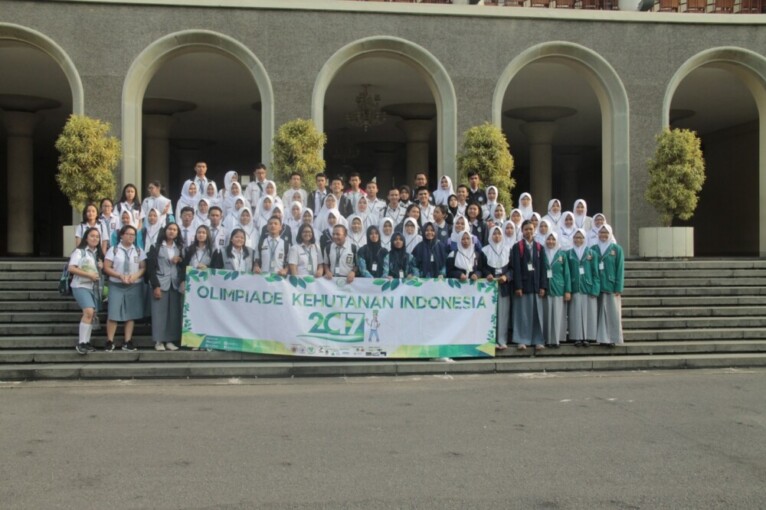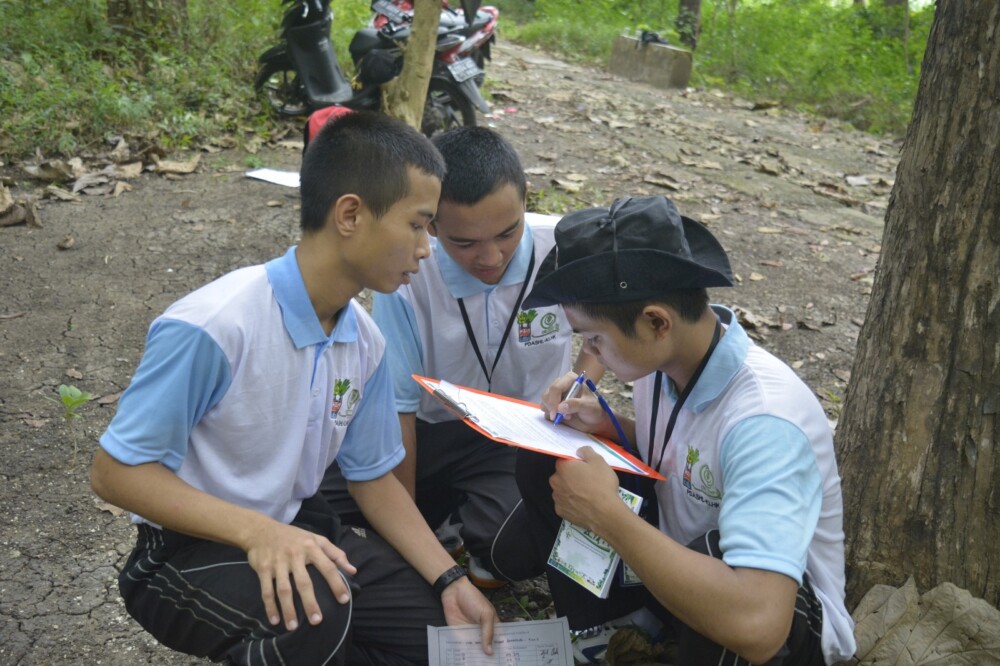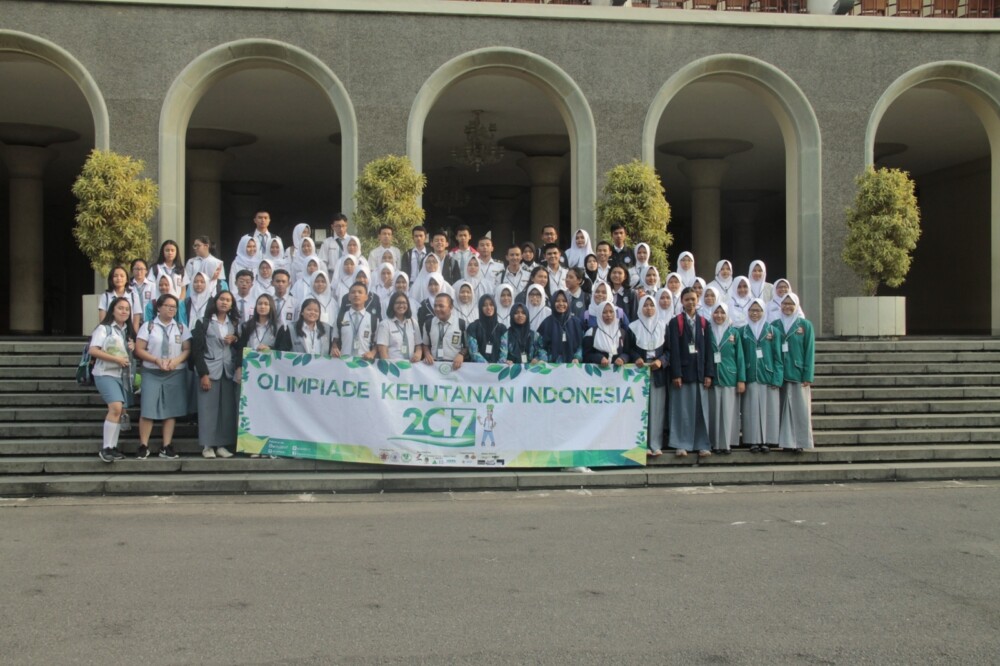Energy in Indonesia is still dominated by fossil-based energy, particularly in fuel and coal. Vice Chairman of Commission VII of Indonesian Parliament, Satya Widya Yudha, said if we cannot find the significant alternative energy resources, it is predicted we will face an energy deficit in 2046. Satya made the statement in his keynote speech during National Discussion on Energy Policy at Senate Hall UGM on Wednesday (26/4).
“We cannot depend on the fossil-based economy because the fossil reserves in many countries have been decreasing, including Indonesia,” said Satya.
The use of renewable energy has to be the main concern of Indonesian government. It is not only as one of the efforts to reduce fossil energy utilization but also to realize clean and environmentally friendly energy.
Satya said most of the carbon emission in Indonesia is contributed by Land Use, Land-Use Change, and Forestry (LULUCF) sector which is up to 50%, while energy sector contributes as many as 30% and 12% from the transportation sector.
“As high as 90% of air pollution in Indonesia comes from land transportation,” he added.
Satya further explained air pollution can cause health disturbance such as respiratory infection. In Jakarta, as many as 1.9 million people had been suffering because of air pollution in 2010. In his opinion, air pollution issue can be solved through the government regulation, particularly in the energy sector by utilizing renewable energy which is environmentally friendly.
“We can reduce carbon emission and realize energy self-sufficiency,” said Satya.
According to Satya, the future of energy in Indonesia is determined by the number of renewable energy utilization. The national energy mix has been planned to keep increasing the use of renewable energy. In 2015, the national energy mix consisted of 39% of crude oil, 22% of gas, 29% of coal, and 10% of renewable energy. In 2025, the national energy mix is targeted to consist of 25% of crude oil, 22% of gas, 30% of coal, and 23% of renewable energy. Meanwhile, the target in 2050 is 20% of crude oil, 24% of gas, 25% of coal, and 31% of renewable energy.
“The target of national energy mix has been determined while the challenge is how we can reach it. We need a cross-sectorial cooperation in order to reach the target and realize energy self-sufficiency,” he explained.
Meanwhile, Minister of Internal Affairs, Tjahjo Kumolo, who was represented by the Head of Research and Development Division, Dodi Riyadmadji, delivered a presentation regarding the Optimization of Regional Government in Encouraging the Harmony on Energy Management at central and regional levels.
Tjahjo said we need a comprehensive regulation and planning in implementing the national energy policy to support both central and regional policies.
Amendment to Regional Government Laws from Law Number 32 in 2004 to Law Number 23 in 2014 has raised management authority shifting on several sectors from regional to the central government. He gave an example of mining, forestry, and education sectors which are experiencing the transfer of authority from regional to the provincial government. The regional government has the right of determining regional policy in organizing the government affairs based on Article Number 17 Paragraph 1.
“Its implementation has to be performed based on the norm, standard, procedure, as well as criteria from Ministry of Energy and Mineral Resources,” said Tjahjo.
Tjahjo also emphasized the importance of the technical and general training and supervision in energy management. The synergy between Ministry of Energy and Mineral Resources and Ministry of Internal Affairs is needed to train and supervise the autonomic regions in order to realizing the energy self-sufficiency.
“If we take a closer look at the energy policy between central and regional government, we need a well-managed regulation, budget plan, training, and supervision to encourage the energy policy,” he emphasized.






